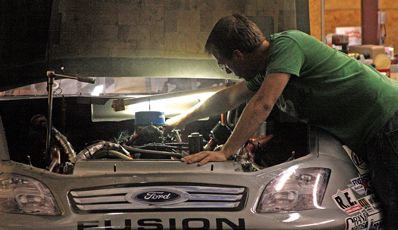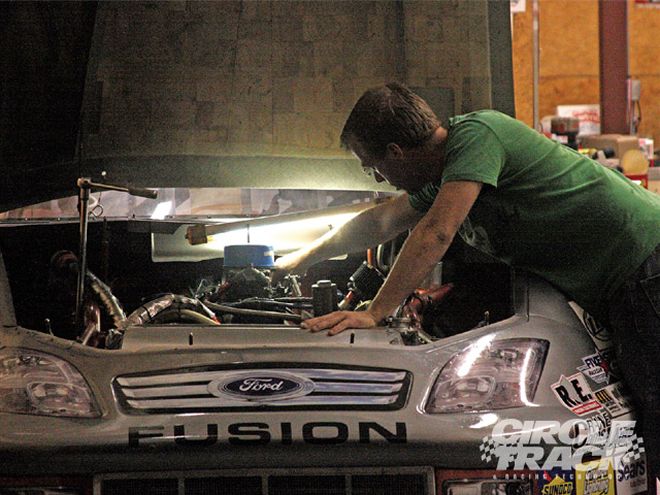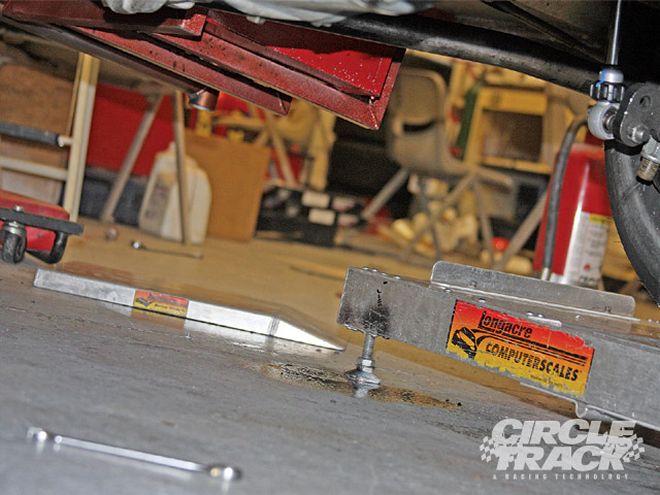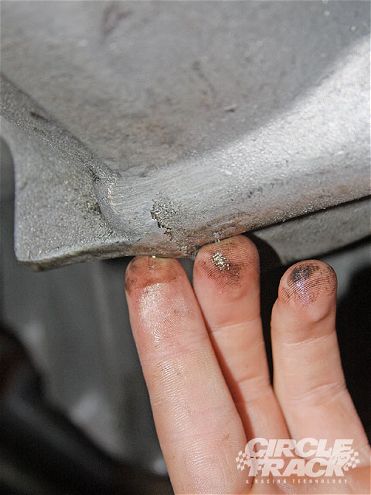
 The racing season is almost over, and even though you have a little time off, you should use it wisely. Start as soon as you can so that your car will be prepared for the cold winter months.
The racing season is almost over, and even though you have a little time off, you should use it wisely. Start as soon as you can so that your car will be prepared for the cold winter months.
Wondering how to properly store your car during the winter? Let us guide you through the process-and give you a leg-up on next season
Another season is drawing to a close and a much-needed off-season is approaching teams and drivers across the nation. Most teams look at this as a time to relax and take it easy for a couple of months while the race car sits inside the garage awaiting the upcoming year.
But some teams take advantage of the extra time and will start to prepare the vehicle for next season. They will also make preparations to store the car over the winter. These teams are serious about starting the season with the best car possible. Savvy teams will do everything they can to make sure that the car not only makes it through the winter but that it is more than prepared for the first race of the season.
 First things first. Before you drain any fluid, allow your car to sit for a day and see if there are any leaks. This will help point out larger problems.
First things first. Before you drain any fluid, allow your car to sit for a day and see if there are any leaks. This will help point out larger problems.
After the last race of the season you should start tearing apart your car to not only inspect it to see what you need to fix this off-season, but also to ensure that it won't have any problems during the cold winter months. Simply having a heated garage or shop can help with storage during the off-season. When our team purchased our first car, we didn't have heat in our shop. So, every night during a cold streak in the winter, we would wrap the engine in an electric blanket and plug it in to ensure that the block wouldn't crack.
That leads us to rule No. 1 of off-season preparation: Drain the water out of the radiator and the block as soon as it starts getting cold outside. Don't let yourself get caught by having water freeze in the radiator and the block. You'll be looking at a very long and expensive off-season if this happens.
 Determine where the leak is coming from and then fix it. Once you have stopped the leak, you should drain all the fluids. This includes water or fluid from the radiator, block, power-steering unit, brakes, transmission, and rearend, among other areas.
Determine where the leak is coming from and then fix it. Once you have stopped the leak, you should drain all the fluids. This includes water or fluid from the radiator, block, power-steering unit, brakes, transmission, and rearend, among other areas.
In fact, you should drain all the fluids out of the car. The grease in the transmission and rearend can turn thick as molasses and make it extremely hard to get out under cold conditions. But ultimately, that's what the off-season is: a balance of preparing the car for the next year and a time of inspecting every aspect of it to find out where you can find that elusive element of speed.
The first thing you should do is determine how much time you will have before the start of the next season. Then, you should set a timeline for when everything has to be completed on the car so you can be ready for next year. If you have the time, spend two weeks looking over the motor and inspecting it. The next two weeks should be spent on the transmission, and so on. And remember, the quicker you start after the season is over, the more time you can devote to proper storage.
I can assure you that the cars that are running upfront on a consistent basis are not built a week before the season starts. Those cars look immaculate because the owners put the time and effort into the cars during the off-season. The cars didn't spend a month with a car cover over them. They were constantly being worked on and inspected.
Within a week after the last race of the year, our team's car is completely stripped down to a bare chassis. This allows us to look at the welds that hold the chassis together and then we make a pile of parts that are good to go on for next year and a pile of parts that need to be replaced, because we are able to inspect everything that comes off the car.
Follow these steps and your car will be better prepared to make it through the winter, and it will run better once the green flag drops at next year's first race.